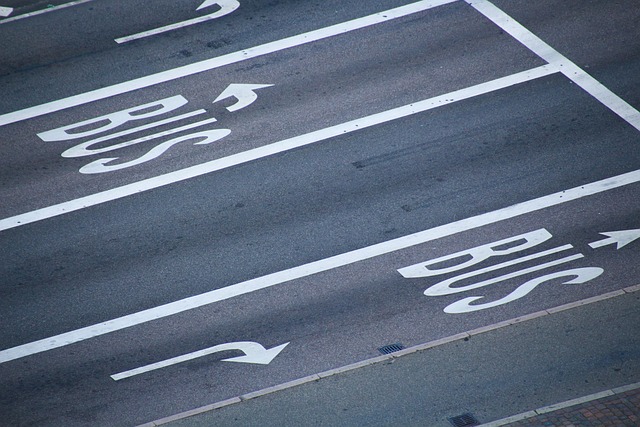As cities expand and urban populations rise, the quest for sustainable mobility becomes more crucial than ever. One solution that has garnered attention and implementation in urban planning is the bus lane. These dedicated lanes not only enhance public transportation efficiency but also play a pivotal role in driving towards a greener future.
Sustainable development is at the heart of modern urban planning, focusing on meeting present needs without compromising the ability of future generations to meet theirs. By prioritizing bus lanes, cities can encourage the use of public transport, reducing the number of private vehicles on the roads. This shift is essential for lowering the ecological footprint of urban transport, a significant contributor to carbon emissions.
The implementation of bus lanes helps mitigate traffic congestion, making public transit a more appealing option. With shorter travel times and increased reliability, commuters are more likely to opt for buses over cars. This transition plays a crucial role in reducing greenhouse gas emissions and moving us closer to a carbon-neutral society.
Furthermore, as technology continues to evolve, the integration of green technologies in public transport systems becomes increasingly feasible. Electric buses and smart transit solutions can operate seamlessly within bus lanes, further diminishing the environmental impact of urban mobility. Investing in such technologies not only supports sustainability but also enhances the overall commuting experience by improving air quality and reducing noise pollution.
The benefits of bus lanes extend beyond just environmental factors. They also promote social equity by providing accessible transportation options to a diverse range of communities. Reliable public transport enables individuals without access to private vehicles to commute efficiently, opening doors to job opportunities and enhancing the overall quality of life in urban areas. By linking sustainable mobility with social benefits, bus lanes represent a powerful tool in the fight for a more just and equitable urban future.
In summary, the implementation of dedicated bus lanes is a significant step towards sustainable mobility. By encouraging public transportation use, reducing ecological footprints, and promoting green technologies, these lanes are paving the way for a cleaner, healthier, and more interconnected urban landscape. Embracing this change reflects our commitment to a greener future, where city living and environmental responsibility can coexist harmoniously.




